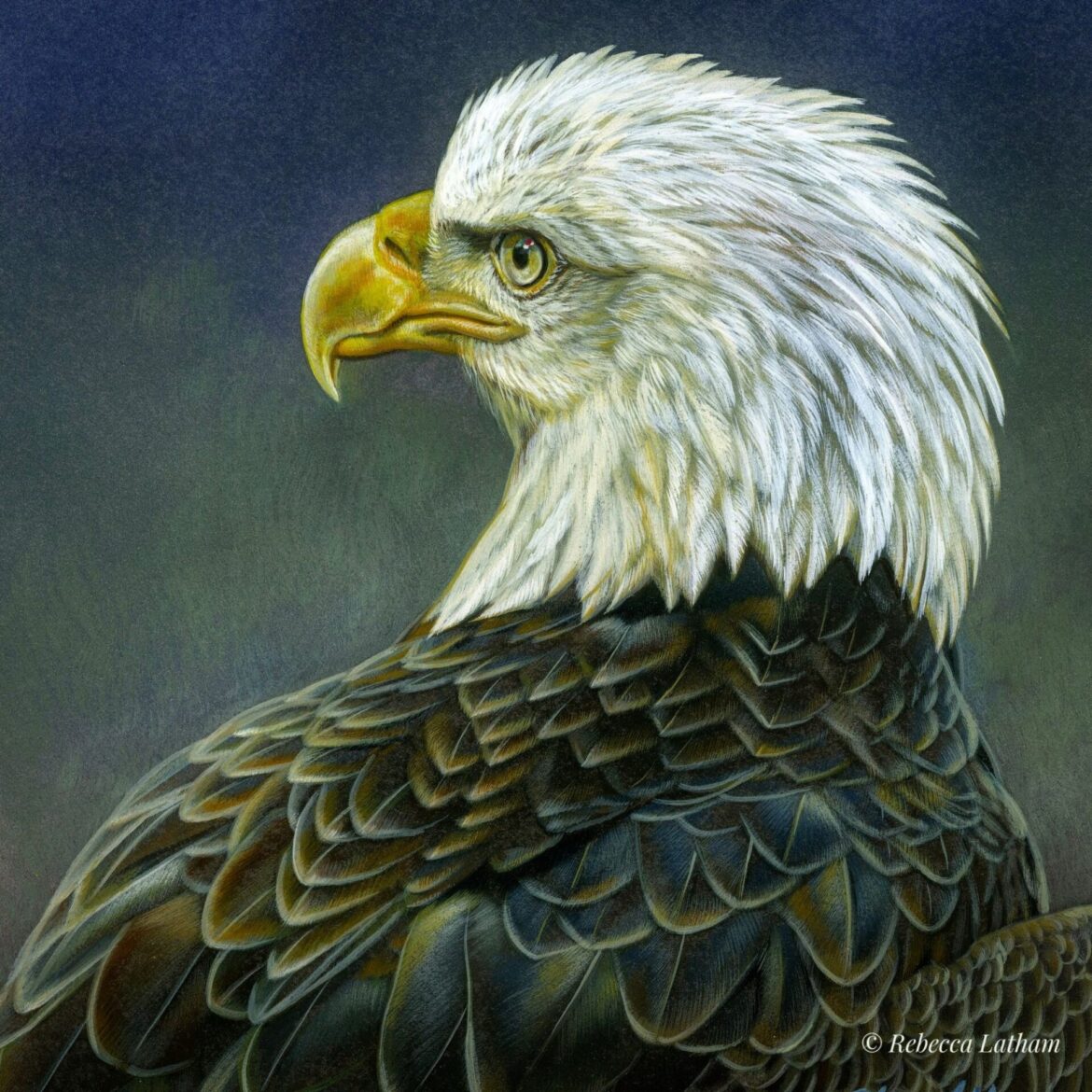The Mississippi River Valley is a corridor of movement, a passageway for countless species navigating the changing seasons. Among them, the bald eagles stand as a symbol of resilience, their migration along Lake Pepin a breathtaking display of nature’s rhythm.
Winter along the river is unforgiving. The cold bites deep, numbing fingers despite layers of protection. The wind sweeps across the open water, carrying the sharp scent of ice and the distant calls of migrating birds. But in this frozen landscape, the eagles thrive.
Each year, as northern waters freeze, the eagles follow the open currents of the Mississippi, congregating along Lake Pepin, where the inflow of the Chippewa River keeps sections of water free from ice. Here, they gather—soaring, diving, perching along the banks, their presence a testament to the wild forces that shape their journey.
Watching them is an experience that lingers. In the early morning light, their silhouettes cut against the sky, their movements precise, effortless. Some perch in the towering cottonwoods, scanning the water below, while others take to the air, their wings catching the winter sun as they glide over the river’s surface.
Despite the cold, despite the discomfort, the sight of these birds in motion is worth every frozen moment. Their migration is a reminder of the enduring connection between land, water, and wildlife, a cycle that has played out for generations.
Capturing this experience in paint is about more than just their form—it’s about preserving the feeling of the place, the quiet awe of witnessing nature’s grand movements, the humbling realization of how deeply intertwined we are with the world around us.
